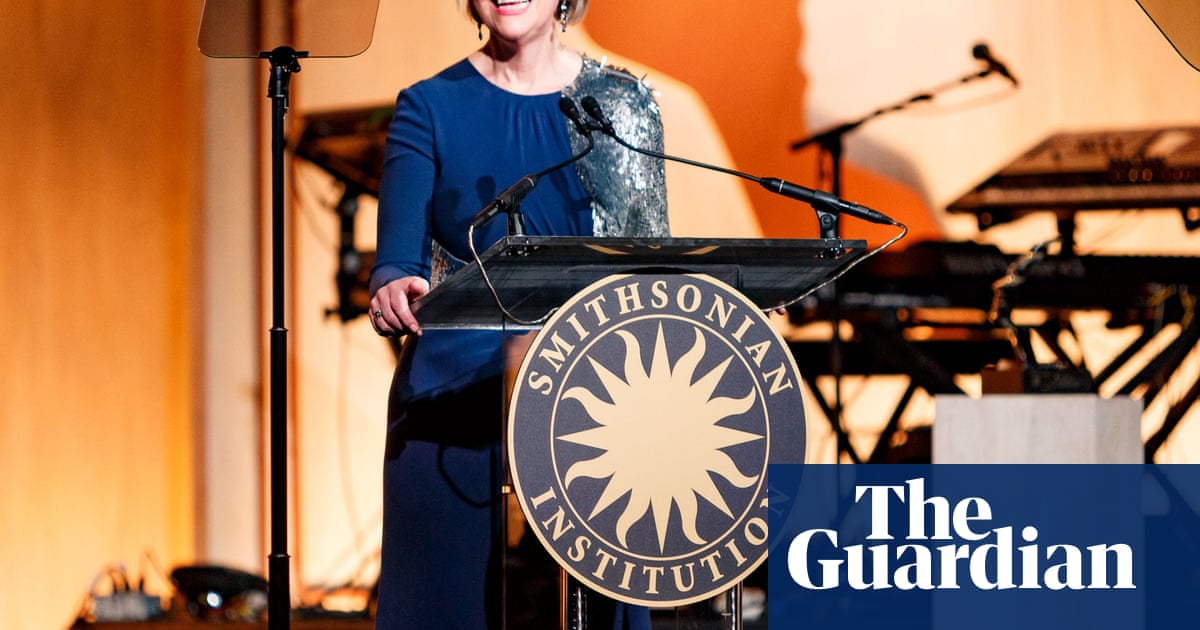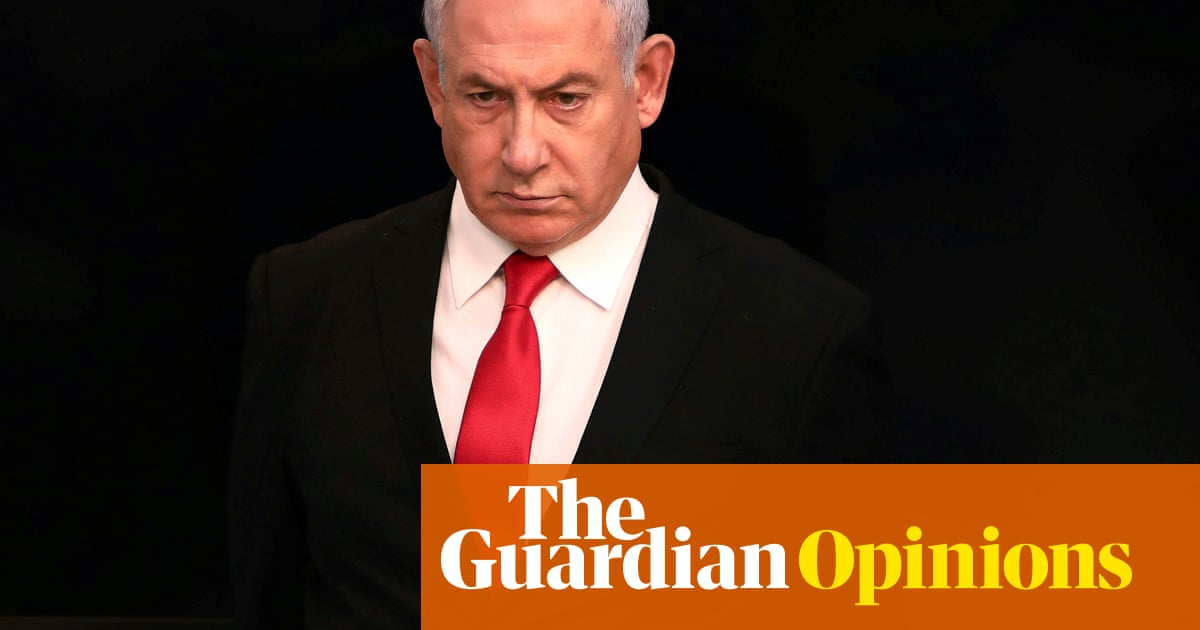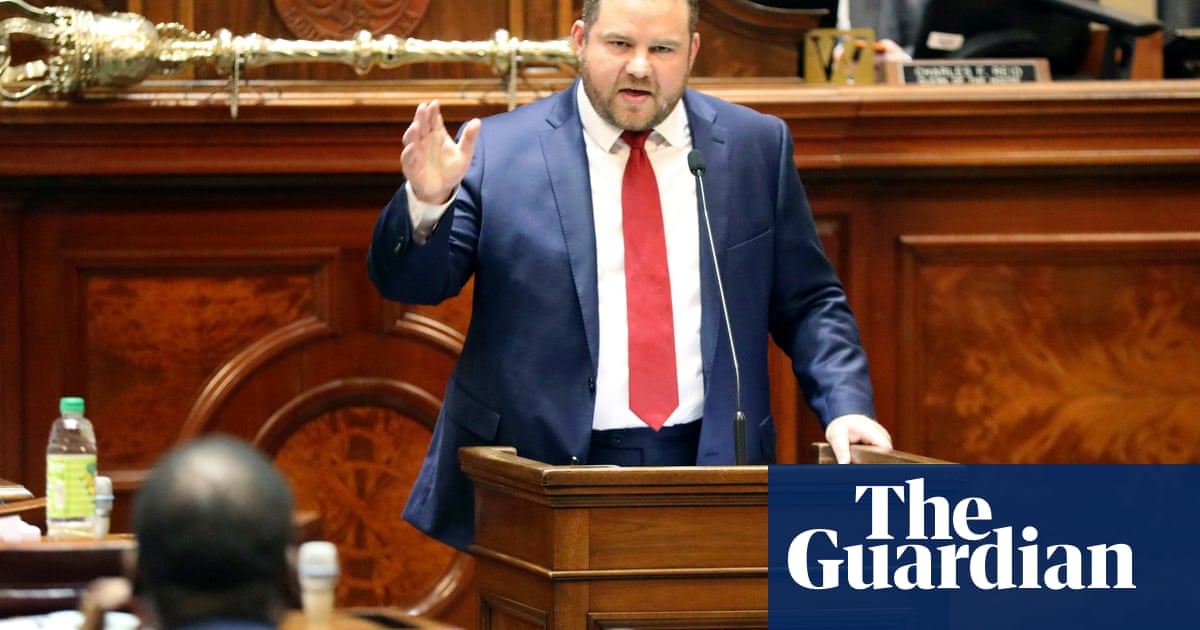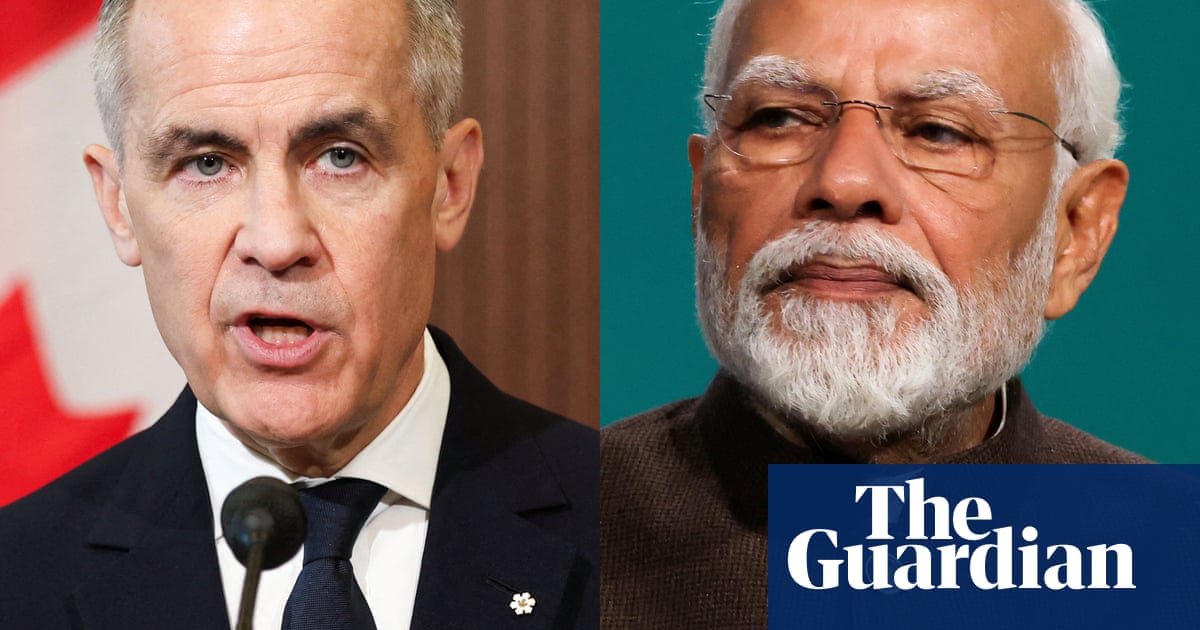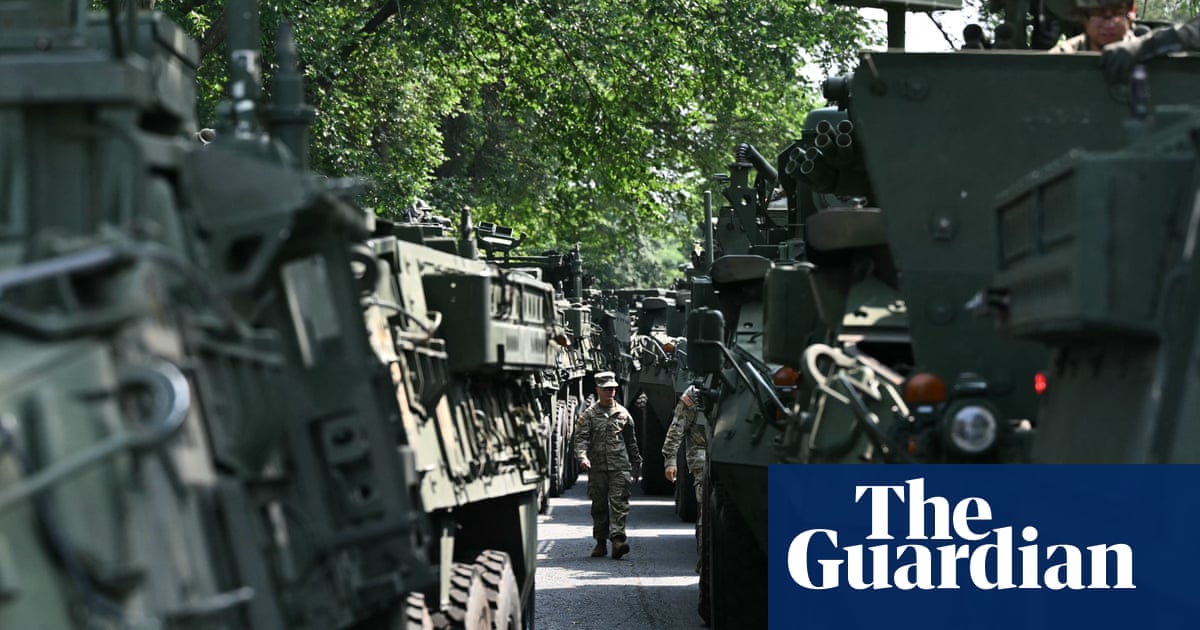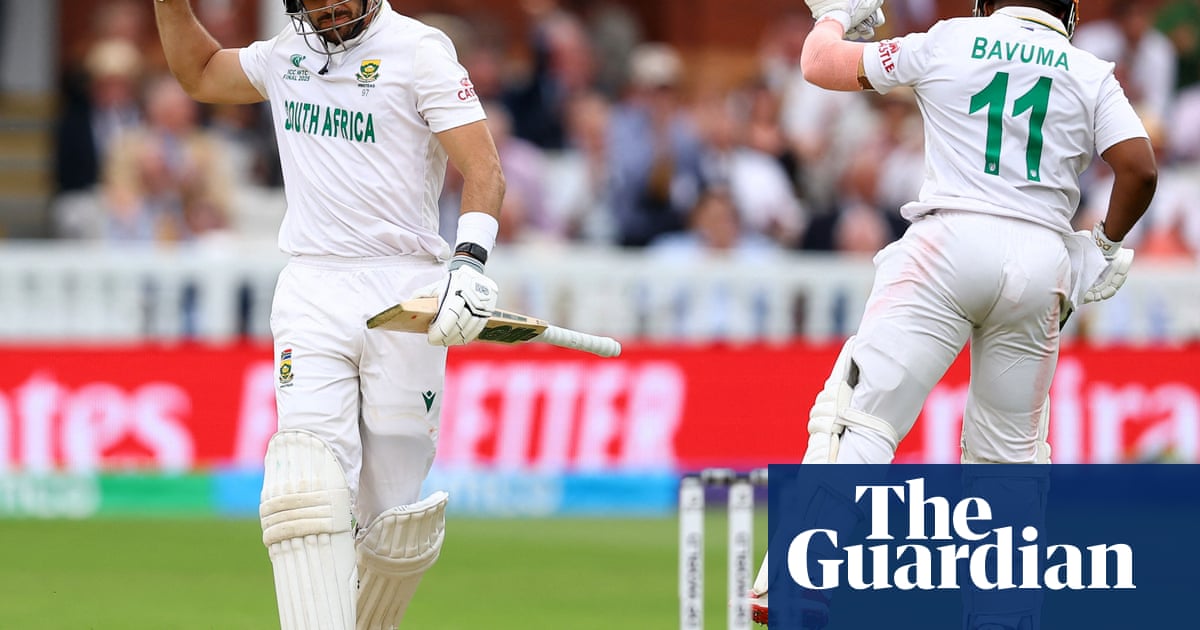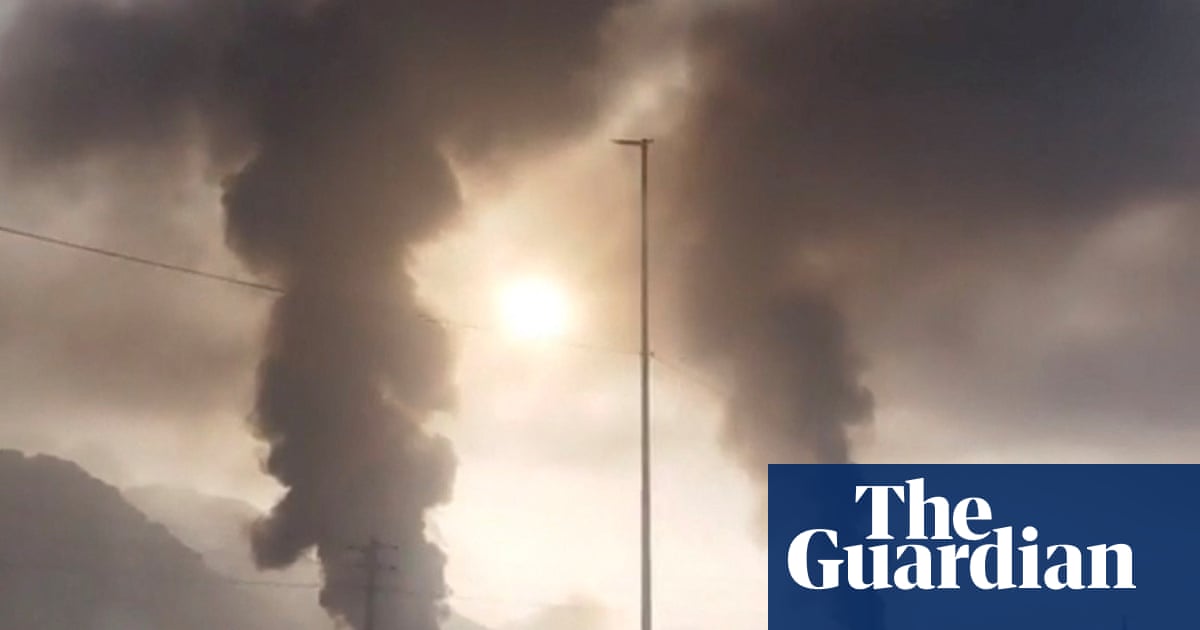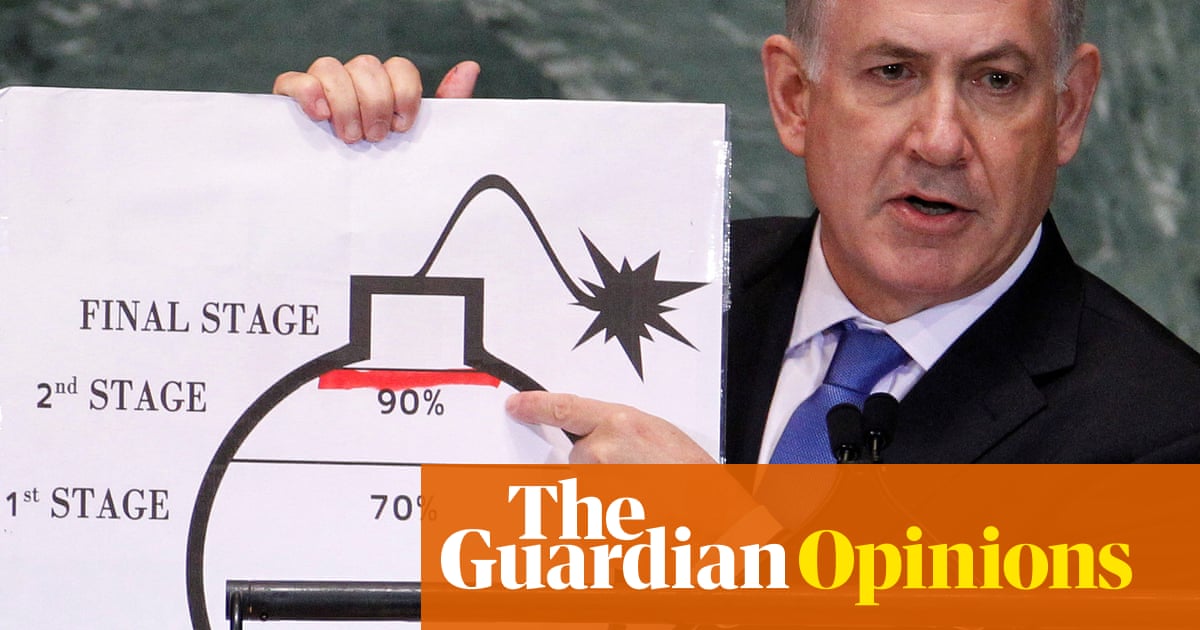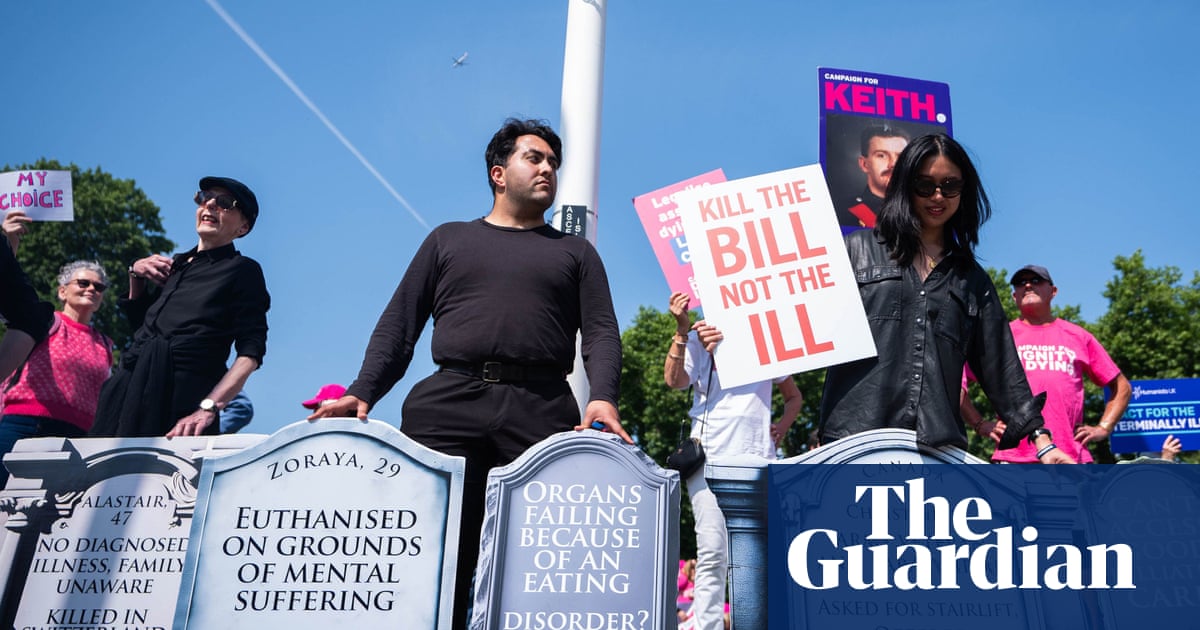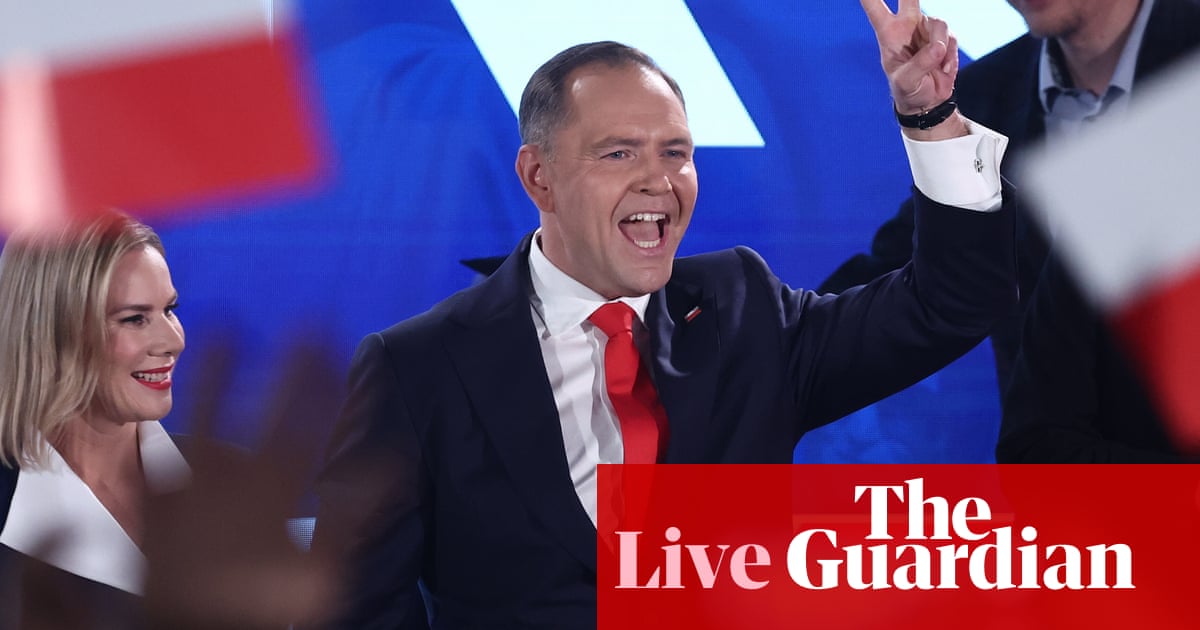At least 28 tourists have been killed after suspected militants opened fire at a popular local tourist destination in Indian-administered Kashmir in the midst of a visit to the country by US vice-president JD Vance.
The attack occurred in the Baisaran Valley, a picturesque meadow in Pahalgam, a well-known tourist town located 90 kilometres south of Srinagar, the region’s main city, in what officials are describing as the deadliest attack on civilians in the region in recent years.
The attack occurred around 3pm local time when a group of gunmen, who apparently approached tourists from the direction of the nearby mountains, emerged from a dense pine forest.
Graphic videos shared by locals on social media showed injured tourists lying in pools of blood, while their relatives screamed and pleaded for help. Due to the area’s lack of road access, helicopter services were deployed to evacuate the wounded.
Describing the scene, a local tour guide told the AFP news agency he reached the scene after hearing gunfire and transported some of the wounded away on horseback.
“I saw a few men lying on the ground looking like they were dead,” said Waheed, who gave only one name.
A woman survivor told the PTI news agency by phone: “My husband was shot in the head while seven others were also injured in the attack.”
Omar Abdullah, the region’s top elected official, wrote on social media: “This attack is much larger than anything we’ve seen directed at civilians in recent years.”
Government officials said the dead included tourists from the Indian states of Karnataka, Odisha and Gujarat and two foreign nationals. At least six others were wounded.
Indian prime minister Narendra Modi, who met with vice president Vance the day before, decried the “heinous act”.
“Those behind this heinous act will be brought to justice ... they will not be spared. Their evil agenda will never succeed. Our resolve to fight terrorism is unshakable and will only grow stronger,” he said in a post on X during a visit to Saudi Arabia.
The scene of the attack was cordoned off as police launched an operation to track down the attackers.
According to local police officials, two to three gunmen opened indiscriminate fire on tourists in the area, which is accessible only by foot or on horseback, before fleeing the scene.
A witness speaking to India Today said: “The shooting occurred right in front of us. At first we thought it was just firecrackers, but when we heard others screaming we rushed out of there to save ourselves.”
Another witness, who also did not reveal his name, said: “We didn’t stop running for four kilometres … I’m still trembling.”
Protests erupted in several areas of the Indian-administered Kashmir condemning the attack, with a rally led by right-wing vigilantes in the city of Jammu blaming Pakistan.
A militant group identifying itself as “Kashmir Resistance” has claimed responsibility for the attack in a social media message. The group cited anger over Indian settlement of over 85,000 “outsiders”, which it said was driving a “demographic change” in the region.
The mountain region is claimed in full but ruled in part by both India and Pakistan, and has been riven by militant violence since the start of an anti-Indian insurgency in 1989.
Tens of thousands of people have been killed, although violence has tapered off in recent years.
India revoked Kashmir’s special status as an autonomous state in 2019, splitting the state into two federally administered territories - Jammu and Kashmir, and Ladakh.
Kashmir
ShowWho controls Kashmir?
The region in the foothills of the Himalayas has been under dispute since India and Pakistan came into being in 1947.
Both claim it in full, but each controls a section of the territory, separated by one of the world's most heavily militarised borders: the "line of control" based on a ceasefire border established after a 1947-48 war. China controls another part in the east.
India and Pakistan have gone to war a further two times over Kashmir, most recently in 1999. Artillery, mortar and small arms fire are still frequently exchanged.
How did the dispute start?
After the partition of colonial India in 1947, small, semi-autonomous "princely states" across the subcontinent were being folded into India or Pakistan. The ruler of Kashmir dithered over which to join until tribal fighters entered from Pakistan intent on taking the region for Islamabad.
Kashmir asked Delhi for assistance, signing a treaty of accession in exchange for the intervention of Indian troops, who fought the Pakistanis to the modern-day line of control.
In 1948, the UN security council called for a referendum in Kashmir to determine which country the region would join or whether it would become an independent state. The referendum has never been held.
In its 1950 constitution, India granted Kashmir a large measure of independence. But since then it has eroded some of that autonomy and repeatedly intervened to rig elections and dismiss and jail democratically elected leaders.
What was Kashmir’s special status?
Kashmir’s special status, given in exchange for joining the Indian union, had been in place since 14 May 1954. Under article 370, the state was given a separate constitution, a flag, and autonomy over all matters except for foreign affairs and defence.
An additional provision, article 35a, prevented people from outside the state buying land in the territory. Many Kashmiris believed this was crucial to protecting the demography of the Muslim-majority state and its way of life.
The ruling Bharatiya Janata party repeatedly promised to scrap such rules, a long-term demand of its Hindu nationalist support base. But analysts warned doing so would almost certainly ignite unrest.
On Wednesday 31 October 2019, the government formally revoked Kashmir’s special status. The government argued that the provision had only ever been intended to be temporary and that scrapping it would boost investment in Kashmir. Critics, however, said the move would escalate tensions with Pakistan – which quickly called India’s actions illegal – and fuel resentment in Kashmir, where there is an insurgency against Indian rule.
What do the militants want?
There has been an armed insurgency against Indian rule over its section of Kashmir for the past three decades. Indian soldiers and Pakistan-backed guerrillas fought a war rife with accusations of torture, forced disappearances and extra-judicial killing.
Until 2004, the militancy was made up largely of Pakistani and Afghan fighters. Since then, especially after protests were quashed with extreme force in 2016, locals have made up a growing share of the anti-India fighters.
For Indians, control of Kashmir – part of the country’s only Muslim-majority state – has been proof of its commitment to religious pluralism. For Pakistan, a state founded as a homeland for south Asian Muslims, it is the last occupied home of its co-religionists.
Michael Safi and Rebecca Ratcliffe
The move also allowed local authorities to issue domicile rights to outsiders, allowing them to get jobs and buy land in the territory.
Authorities have described the attack as targeted and intended to spread terror among the tourists visiting Kashmir.
Vance condemned the “horrific attack” and shared his condolences with a post on social media. “Usha and I extend our condolences to the victims of the devastating terrorist attack in Pahalgam, India,” he wrote . “Our thoughts and prayers are with them as they mourn this horrific attack.”
Tuesday’s attack seems to be a major shift in the regional conflict where tourists for many years have largely been spared from violence despite a spate of targeted killings of Hindus, including immigrant workers from Indian states, after New Delhi ended the region’s semi-autonomy in 2019 and drastically curbed dissent, civil liberties and media freedoms.
The Baisaran area attracts tens of thousands of Indian tourists daily, especially during the summer months, when temperatures in mainland India soar.
Indian army and paramilitary forces have been deployed to the area to search for the attackers. In recent years, militants have increasingly targeted security forces in the region’s mountainous and forested areas.
Kashmir remains one of the most heavily militarised zones in the world and is claimed in full by both India and Pakistan, although each controls only a part. The two countries have fought multiple wars over the region.

.png) 1 month ago
91
1 month ago
91






